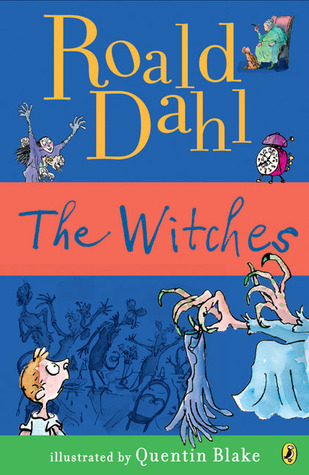It’s that time of year again, and this one is a special one, because one of the world’s best-loved children’s Christmas stories is turning 60, and it’s had a special makeover to celebrate.

This beautiful new edition of Dr Seuss’s Christmas masterpiece ‘How the Grinch Stole Christmas’ is the perfect addition to any Christmas list. The illustrations and charming storyline remain the same, but are joined by a welcoming introduction by Charles D Cohen which explores the origins of the story, and the true meaning of Christmas – this is all contained within a beautiful clothbound cover and presentation box.
I absolutely love the Grinch, I include the 1960s animated short and even the Jim Carey feature in this, but of course nothing is a patch on the original. It is one of Dr Seuss’s best known stories, and with good reason. It took just a month to write, and two months to illustrate, but no other book so perfectly explores and presents the true meaning of Christmas.
You all know the story, and I’m sure I don’t need to bore you all with an explanation of the excellent storyline, writing style, or even illustrations – that said, Dr Seuss’s illustrations never cease to amaze me, in with this book in particular I love the use of red and black, making the pages seem at one dark and festive.
The story itself remains the same, a true Christmas classic, but the really nice thing about this new edition is the introduction.
It is said, and I cannot help but agree, that most people think of Dr Seuss as the Cat in the Hat – but remember that even the happiest people have their bad days. Dr Seuss, whose real name, for those of you who didn’t know, was Theodor Geisel, actually based the grisly, green-eyed character that stalks the page of this Christmas caper on none other than himself.
As his stepdaughter Lark Dimond-Cates once said: “I always thought that the Cat… was Ted on his good days, and the Grinch was Ted on his bad days.”
Seuss created the Grinch as a character at the tender aged of 53, on the day after Christmas day 1956, as an expression of his own concerns about the festive season. It’s an alarming thought, that someone who wrote such wonderful, magical children’s book could struggle with the spirit of Christmas, but Seuss did, and he used the Grinch to help work out exactly how he felt about the holiday.
So the intro says, Seuss was looking into the mirror, brushing his teeth on that Boxing Day morning, when he saw the Grinch peeking back at him.

“Something had gone wrong with Christmas, I realised, or more likely with me. So I wrote the story about my sour friend, the Grinch, to see if I could rediscover something about Christmas that obviously I’d lost.”
This is, in fact, alluded to a little in the text “For fifty-three years I’ve put up with it now! I must stop this Christmas from coming! … But HOW?”
The introduction goes on to explain a little more about the books notoriety. It was first published back in 1957, an interesting year for Christmas which saw the launch of three separate which encouraged readers to rethink the true meaning of Christmas. These included: The Year without Santa Claus, The Christmas That Almost Wasn’t, and How the Grinch Stole Christmas. It became a year when people were forced to think about what Christmas really meant to them – and people loved it! All the books received prominent praise, and went on to become films in their own right, but none was quite as special as the Grinch, who became a Christmas staple, paling only in comparison to Santa Claus, and Rudolph.
However, unpleasant the Grinch character may seem at first, the book reminds us of an important fact – Christmas is about more than just presents. There is a deeper meaning to the book, though, expressed through the image of the Grinch, and the Whos coming together, that no one should be alone on Christmas, and that anyone can be part of a community.
The poor Grinch has never had a friend, or a family, and certainly never been part of a community, and cannot understand the Whos. In particular, he hates the Who-Christmas-Sing, a time when the Whos “would stand close together, with Christmas bells ringing. They’d stand hand-in-hand. And the Whos would start singing.”
Through the magic of Christmas, and seeing the Whos resilience even in the absence of presents, the Grinch learns to enjoy the true meaning of Christmas and to spend time and share a meal with the Whos, and as such to become a part of their community.
It is not a religious story, Seuss made sure of this. Like many of his books, Seuss wanted to ensure that the Grinch would teach children that people who look different, and come from different places can still come together as friends. A message we could all do with remembering at such troubling times.
As the intro concludes, most readers can notice a little something of the Grinch in themselves, I know I definitely can. I love Christmas, but I have had my troubles with it in the past, fed up with the endless money, presents and complete and utter faff that comes with it. At some point, though, I realised how I was only depriving myself by feeling this way, and by doing away with my own faff, I learned to enjoy Christmas for what it is, a time to be thankful, to spend time with friends and family and celebrate life, a time for quiet, reflection – and now I love it again.
The Grinch is an important holiday figure, and the Grinch, as a story, is one I can never get through the Christmas season without reading. I didn’t realise, until I saw this new edition, that the Grinch was approaching its 60th year in publication. I had already decided to start a little ‘tradition’ with my youngest nephew, of buying him a Dr Seuss book for his birthday and Christmas each year, this year’s Christmas present was to be the Grinch, and I am delighted that there is a special, beautiful new edition that I can share with him.

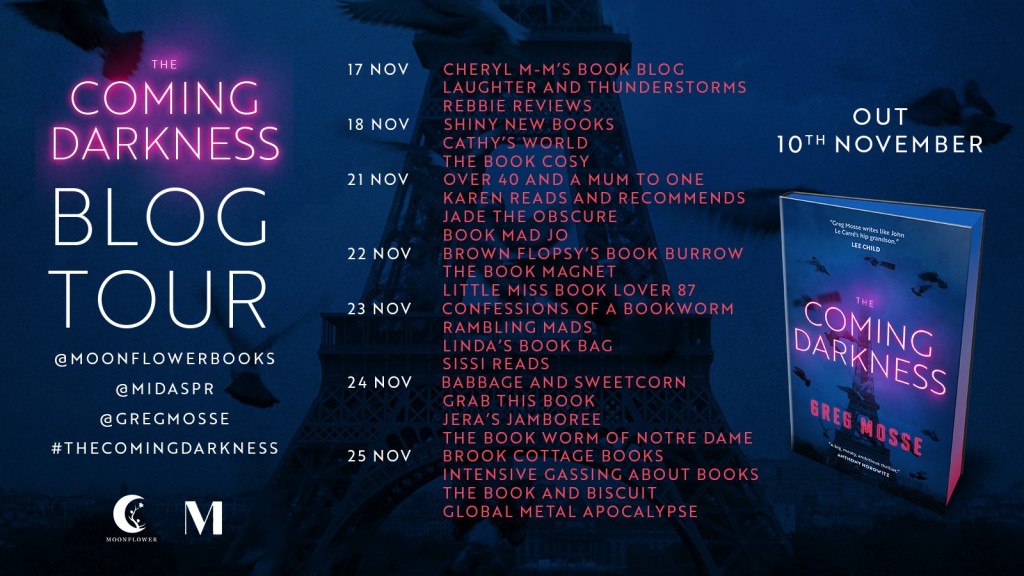
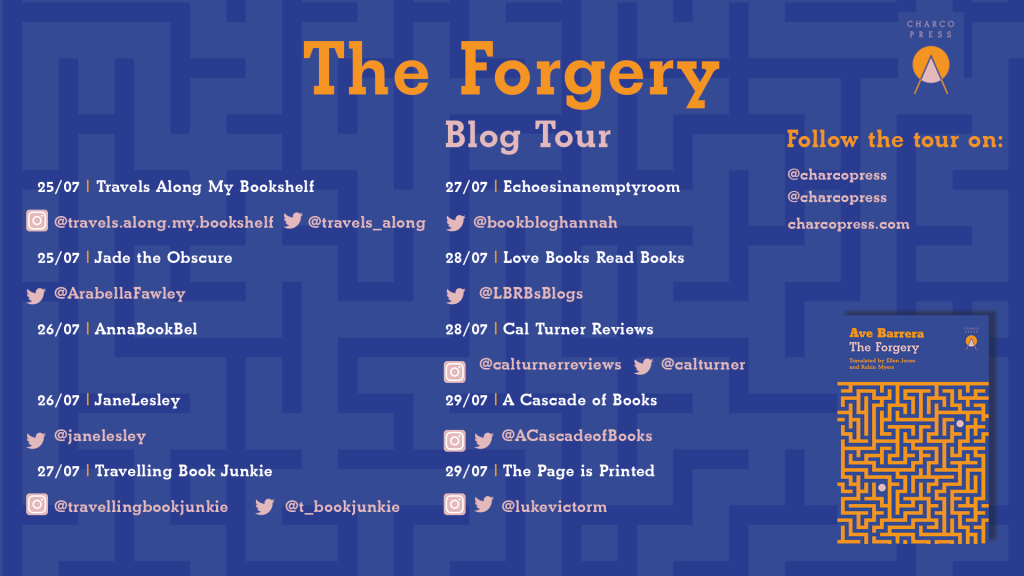
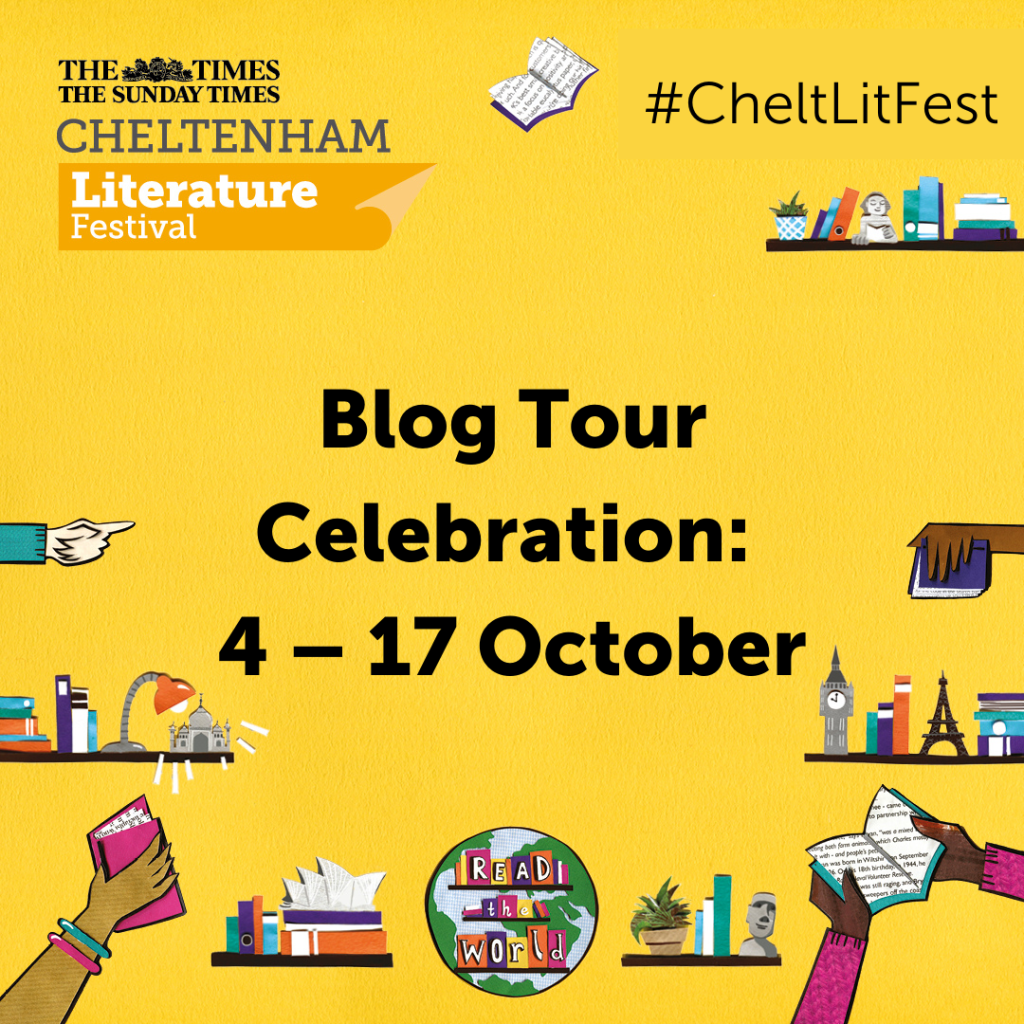
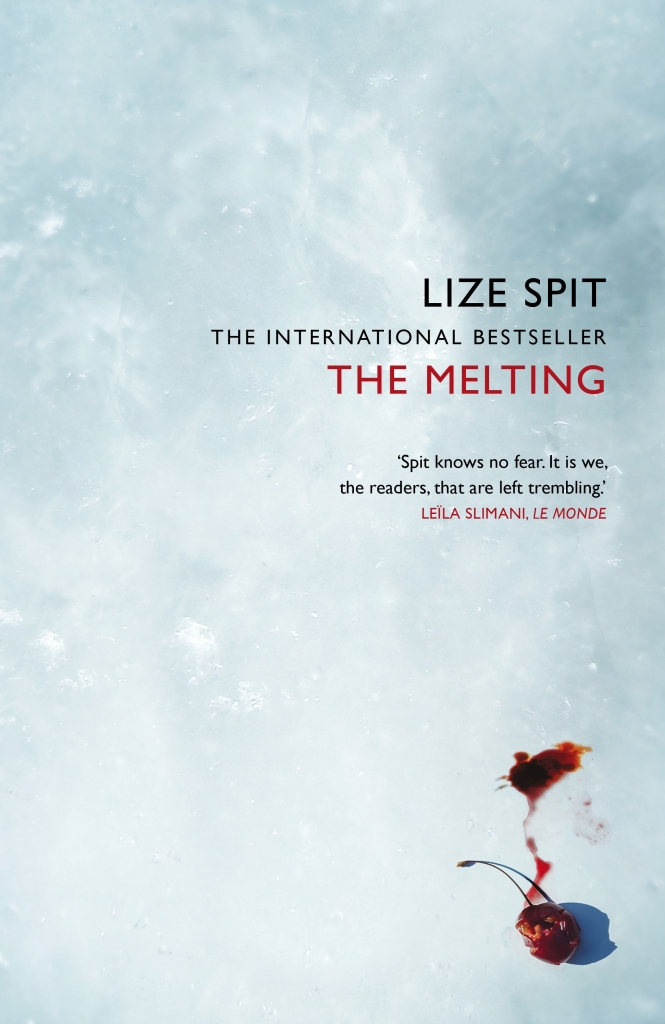

 An attempt to analyse and condense something which encompasses everything that is yet to come feels like an exercise in failure, and yet I hold in my hands a book which does just this. A wonderfully concise and brilliantly written book, The Future: A Very Short introduction by Jennifer M. Gidley takes a look at the future by travelling into the past – a literal oxymoron if ever there was one. To understand the future, says Gidley, we must look backwards, beginning with the emergence of theories of linear time in Ancient Greece. Within the book Gidley introduces the reader to the future as a concept, exploring prophecies and predictions from throughout history, discussing the potential for machine- vs human-centred futures and highlighting the reality that is ‘multiple futures’. The future is inevitable, but our treatment of it doesn’t have to be; by exploring ‘the past of the future’ and its links with ‘present-day futures’, says Gidley, we are better prepared to create wiser futures for tomorrow.
An attempt to analyse and condense something which encompasses everything that is yet to come feels like an exercise in failure, and yet I hold in my hands a book which does just this. A wonderfully concise and brilliantly written book, The Future: A Very Short introduction by Jennifer M. Gidley takes a look at the future by travelling into the past – a literal oxymoron if ever there was one. To understand the future, says Gidley, we must look backwards, beginning with the emergence of theories of linear time in Ancient Greece. Within the book Gidley introduces the reader to the future as a concept, exploring prophecies and predictions from throughout history, discussing the potential for machine- vs human-centred futures and highlighting the reality that is ‘multiple futures’. The future is inevitable, but our treatment of it doesn’t have to be; by exploring ‘the past of the future’ and its links with ‘present-day futures’, says Gidley, we are better prepared to create wiser futures for tomorrow.

